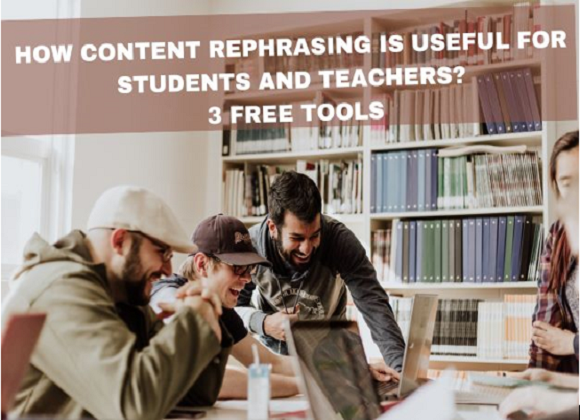Courses
Grow skills with quality courses
21st-century education talks about having certain skills that both the teachers and the students need to acquire. One such skill is a creative skill. This skill helps to turn new and innovative ideas into reality. The conventional form of teaching-learning system focussed on the passive methods of teaching where the focus was to enhance learning by making the students read and rote learning instead of focussing on understanding and churning their creative brain cells. The concern for ifs, buts, and any alternative solution was not promoted.
Constructivist teaching, however, focuses on creating tools that enhance the creative skills of the students. It provides a platform to the students where there is minimal involvement of the teachers and they let the students visualize, ideate, articulate, express, interpret or apply new knowledge. A few of the characteristics of constructive teaching are as follows:
This approach has basically five steps:
Role-playing, hands-on activities, etc. are used by the teachers to promote constructivist teaching. Along with that, the teacher should try and promote simulations among students by linking the concepts to real-life examples. It promotes inclusive education by helping students explore complex topics actively. When students use their creative brain cells, it promotes critical thinking too. Using diverse ways of understanding a concept, not focussed on rote learning or bookish understanding, helps students concert themselves to learning, even more, making education more inclusive. This form of teaching helps attract students of all levels and makes them feel included.
About the author
Comments
Recommended by Gurushala

Technology & Innovation
-By Valentina MilanovaHow Content Rephrasing is Useful for Students and Teachers? 3 Free Tools

Stories of Indian Classrooms
-By GurushalaOn the course of continuous learning- An inspiring teacher story from Pune
Related Articles
